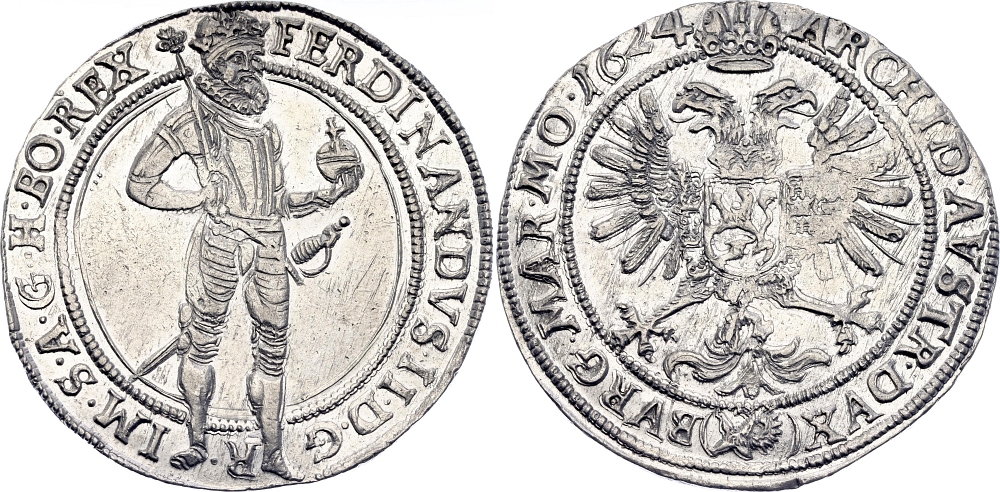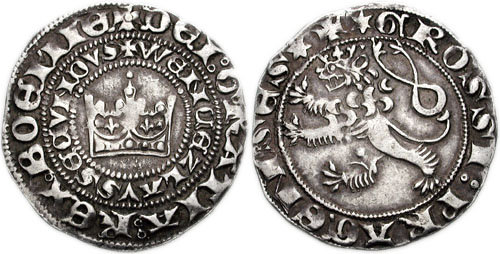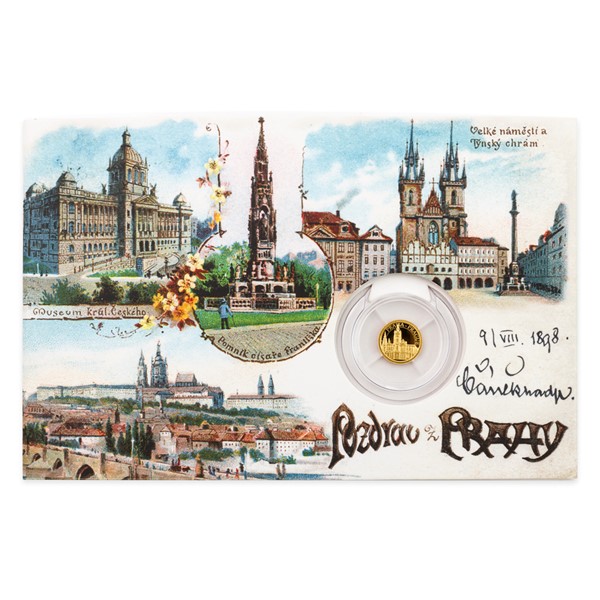Good Suggestions For Cnc Machining Prague Mint Coins
Wiki Article
What Is A Plaster Model Scanned To Create A 3d Digital Model For Gold Coins And Medals?
The process employs specially designed equipment to digitize a maquette and then capture its dimensions. The digital copies are used for a variety of reasons during the production.
3D Scanning Technique - High resolution 3D scanners are used to record dimensions and specifics on the plaster models. These scanners employ various methods to record precise measurements.
Capturing surface information- The scan emits light beams or lasers on the model. The scanner captures the surface information of the model by recording reflections, distortions, and other effects induced by the beams.
Data Collection- When the scanner moves over the plaster model, it collects a vast amount of data points, which creates a digital representation of the model's shape as well as contours and other details.
Conversion to 3D Model - The data points that are collected are processed by a software that reconstructs them into a 3D digital model. This model reflects the physical dimensions and features of the plaster maquette.
The Reasons to Create an Digital 3D Model
Digital 3D models can be used to recreate the exact dimensions and details of a real model. This guarantees that the finished gold coins and medals will match the design.
Digital models are easily modified or upgraded. Designers can alter the 3D models without changing their initial plaster model.
Compatibility with Manufacturing Processes: Digital 3D models are compatible with a variety of manufacturing methods, such as CNC machining and 3D printing. This allows for the rapid production of molds and dies.
Digital 3D models serve as a document of the design. You can save them digitally to be a reference in the future, for reproductions, or as a way to record the past.
By scanning the model and then creating an electronic 3D model that designers and manufacturers can improve the efficiency of their production and ensure precision in reproduction and utilize advanced manufacturing technologies to make gold coins or medals with precision and fidelity to the original concept. See the top Scanning and 3D Modeling Czechoslovakia gold coins more recommendations. including 50 dollar gold piece, 1972 gold dollar, gold bullion bars, buy gold bars from bank, gold coin store near me, old silver coin, buy coin gold, sd bullion gold, angel coin, gold 1 dollar coin and more.

What Is The Reason Why Gold Coins Or Medal Dies Undergo Vacuum Hardening?
The vacuum hardening of dies used to strike gold coins and medals is achieved by subjecting them to extremely high temperatures under controlled conditions in a chamber. This article will provide an overview of the vacuum hardening procedure used for die preparation and Cleaning.
To create dies to be used to strike the coins or medals, they must be free of any residues or contaminants.
Loading Vacuum Furnace
Die dies can be inserted in a vacuum oven which causes a vacuum to be created in the heat-treatment area.
Evacuation Air
The vacuum oven eliminates any air in the room creating an environment free of oxygen as well as other gases. This can prevent oxidation while ensuring uniform heating.
Heating Phase
The furnace then gets heated up to the temperature required for hardening dies. The range of temperatures is determined by the material type and the hardening process.
Soaking at high temperatures-
The dies have to be kept at the highest temperature for a specified duration to allow the material to achieve and maintain its desired hardness.
Quenching or cooling-
After soaking after which the dies are cool or quenched with specialized methods. The quick cooling assists the metal to achieve the desired hardness.
Tempering Optional
In certain instances, a tempering step is performed following the stage of hardening. Tempering is the process of heating dies until they reach a temperature that is lower to relieve stress while maintaining toughness.
Quality Control and Inspection
Dies with hardened material must undergo rigorous quality inspections and control in order to achieve the desired strength, hardness or tolerances.
Post-Treatment Handling-
The dies, following the process of vacuum-hardening has been completed, may be further processed using polishing and coating prior to when they are used in the coin striking or medal striking process.
The vacuum hardening procedure enhances the durability, wear resistance and lifetime of the dies used to create gold medals or coins. This process produces a controlled and safe environment free of atmospheric contaminants to ensure consistent and reliable hardening. It also contributes to the quality of the final product. Read the top vacuum hardening Czechoslovakia gold coins site info including 1 oz gold, gold coin prices, gold penny, st gaudens double eagle, one ounce of gold, 1 oz gold bars, buy gold pieces, 1 10 oz gold eagle, buy gold silver, coin gold price today and more.
Why Should Dies Be Polished Manually In Order To Get A Perfect Finish On Gold Awards And Coins?
It is crucial to polish hand dies to create an even and smooth surface. A smooth surface allows complex details to be more easily recreated on the medals and coins.
A die that is polished produces coins and medals that have sharper edges, better relief, and more defined features. It improves the aesthetics and quality of your final product.
Improved wear- polishing can reduce wear and friction in the striking process. A smooth surface reduces the risk of errors or inconsistencies that are caused to the medal or coin struck caused by rough surfaces.
Consistency in Striking. Hand-polished dummies offer a uniform strike surface, and ensure uniformity in the coining process. For the design to maintain its precision the depth, quality and overall it is vital to maintain consistency.
Durability of the Dies- Well-polished dies are less susceptible to damage or wear during the process of striking. The dies are more durable and long-lasting that allows more strikes to be made without sacrificing quality.
Accuracy and Precision - Hand polishing allows the engraver to fine-tune specific areas of the die, making sure the details are accurately replicated on the struck medals or coins. This improves the precision in the final product.
Quality Control - Polishing is component of quality control. The inspection of the die when hand polishing is a way to identify and correct any imperfections or defects prior to the die is struck.
Surface Finish- Polishing can provide specific surface finishes or textures which can enhance the aesthetic appeal or adding distinctive characteristics to the struck coins or medals.
Hand-polishing dies used for gold coins and medals is crucial to ensuring that the products created are of high quality, stunningly intricate, and have a high aesthetic value. It can make a huge difference in the appearance of the item as well as its durability and consistency. durability. See the best hand polishing Prague Mint gold coins website tips. including cost of a gold bullion bar, 1oz gold, 1 oz gold eagle, double eagle coin, medal gold medal, gold coins and bullion, 24k gold bullion, buy gold biscuits from bank, buy gold bars, 2000 gold dollar and more.

How Are Gold Blanks Supplied And Stamped With High Pressure Into Coin Presses During Minting?
In the process of minting, gold coins and medals are made by pressing them under pressure. This is a brief overview of the process involved Loading Blanks-
A feeder system is attached to the coin press. The system is loaded with gold blanks that have been prepared and checked for quality. This feeder makes sure that blanks are constantly delivered to the machine.
Feeding Blanks on the Press
The feeder system introduces blanks into the strike chamber inside the coin press one at a. This permits precise placement of the blanks.
Alignment and Positioning
When using the press, blanks must be positioned perfectly in the strike area so that the stamping can occur.
Moving Under High Pressure
The coin press applies high pressure onto the gold blanks by using two dies, one stationary and one moving. The stationary die is the negative impression of the design of the coin, while the die that moves acts as the hammer that hits the blank.
The die moving transfers the design from the blank onto its surface using a lot of force. The dies' pressure imprints the designs, creating the raised reliefs and the details of the coin or medal.
Repetition Striking (Optional)Repeated Striking (Optional)
To create a clearer image or to create a more precise design, multiple strikes are sometimes used on higher-quality coins and medals, specifically proof editions. Each strike improves the fine details on the outside of the coin.
Ejection and collection
After they have been struck, the newly minted coins or medals are ejected from the press and collected in containers or trays. Quality control is performed to ensure the designs adhere to specifications.
Post-Processing-
Based on the specifications for mint design the coins and medals could undergo additional treatments such as edge lettering, reeding, or post-strike treatment.
Stamping with high pressure, which creates a design onto the gold blanks, is crucial, as this converts them into finished coins or medals for circulation, collecting, or commemoration. Precision is required, as even the slightest deviation in the pressure or the alignment of the gold blanks could result in a negative impact on the quality and look of the finished product. Have a look at the top minting Prague Mint gold coins website tips. including 2000 olympic, 10 dollar gold coin, 1 4 ounce gold coin, 100 grams gold biscuit, gold bullion price today, ancient coin, double eagle coin, price of gold 1 oz today, valuable gold dollar coins, buying silver and more.
